



Apple is entering the protein folding arena.
SimpleFold: Folding Proteins is Simpler than You Think arxiv.org/abs/2509.18480 🧬🖥️🧪 github.com/apple/ml-sim...
@mesny.bsky.social
Post-doctoral researcher in the group of Prof. Marcel van der Heijden (University of Zürich, Switzerland). Fungal biology | Soil & plant microbiota | Ecology & evolution | Plant-microbe-microbe interactions | Genomics | ...




Apple is entering the protein folding arena.
SimpleFold: Folding Proteins is Simpler than You Think arxiv.org/abs/2509.18480 🧬🖥️🧪 github.com/apple/ml-sim...

Given the tremendous diversity of microorganisms in the world, why do only a small fraction cause disease?
My essay in #PLOSBiology argues that the answer is lack of opportunity and that humans encounter only one new bacterial pathogen for every 1.4b years lived.
journals.plos.org/plosbiology/...

Could humans and AI one day form a single “evolutionary individual”? Researchers at the Max Planck Institute for Evolutionary Biology raise this question in a new publication exploring human–AI interdependence.
www.evolbio.mpg.de/3836073/news...

🚨 New pre-print from the lab! We performed a large-scale meta-analysis of the uncultured gut #microbiome in >10,000 metagenomes enabling us to identify a new candidate biomarker of health. www.biorxiv.org/content/10.1...
10.09.2025 11:44 — 👍 21 🔁 7 💬 2 📌 1
Reproduction in ants 🐜 just keeps blowing my mind 🤯
But this here is the crown for sure... for now.
www.nature.com/articles/s41...
(go also check out obligate chimerism, social chromosomes, clonal production of females and males, and much more...)

🌎👩🔬 For 15+ years biology has accumulated petabytes (million gigabytes) of🧬DNA sequencing data🧬 from the far reaches of our planet.🦠🍄🌵
Logan now democratizes efficient access to the world’s most comprehensive genetics dataset. Free and open.
doi.org/10.1101/2024...

Super excited to share that my PhD research paper is finally out!
@newphyt.bsky.social
doi.org/10.1111/nph....
@parkergroup.bsky.social

"We show that unrelated proteins have a universal tendency towards convergent evolution of secondary and tertiary motifs, causing an excess of high-scoring FP alignment... previous methods routinely overestimate significance by up to six orders of magnitude."
www.biorxiv.org/content/10.1...
📣 Massively proud of this ⬇️ great study, led by the brilliant @mesny.bsky.social surprisingly uncovering that many pathogen effectors stem from ancient antimicrobials 🤯 #EffectorWisdom #EvoMPMI
15.08.2025 07:58 — 👍 46 🔁 22 💬 0 📌 1Thanks a lot Ren! Happy you like it.
It was nice to see you at MPMI ☺️too bad we did not have the opportunity to talk more.
Many thanks to @teamthomma.bsky.social for inspiring discussions and to all co-authors for their important contributions: @alvalentinawolf.bsky.social, @antonkraege.bsky.social, @wolki95.bsky.social, @jinyi-zhu.bsky.social, @yukiyosato.bsky.social and others not on @bsky.app.
15.08.2025 07:46 — 👍 5 🔁 0 💬 0 📌 0So, many effectors have ancestral antimicrobial properties. These were retained over evolution while host manipulation traits evolved. Today, they can still function to antagonize competitors and, thus, they have dual functions.
15.08.2025 07:46 — 👍 3 🔁 0 💬 1 📌 0
Are the antimicrobial properties still relevant? Using a gnotobiotic system, we show that the Vd424Y effector contributes to colonization in presence of a plant-associated microbiota.
15.08.2025 07:46 — 👍 2 🔁 0 💬 1 📌 0
One of the 5 effectors, Vd424Y, carries a nuclear localization signal necessary for immunomodulation in planta. The NLS was only acquired recently. Thus, plant-colonizing fungi repurposed antimicrobials to suppress host immunity.
15.08.2025 07:46 — 👍 2 🔁 0 💬 1 📌 0
Strikingly, among most conserved antimicrobials, many effectors previously shown to manipulate plant immunity occurred. We selected 5 and all of them antagonized microbial growth in vitro!
15.08.2025 07:46 — 👍 2 🔁 0 💬 1 📌 0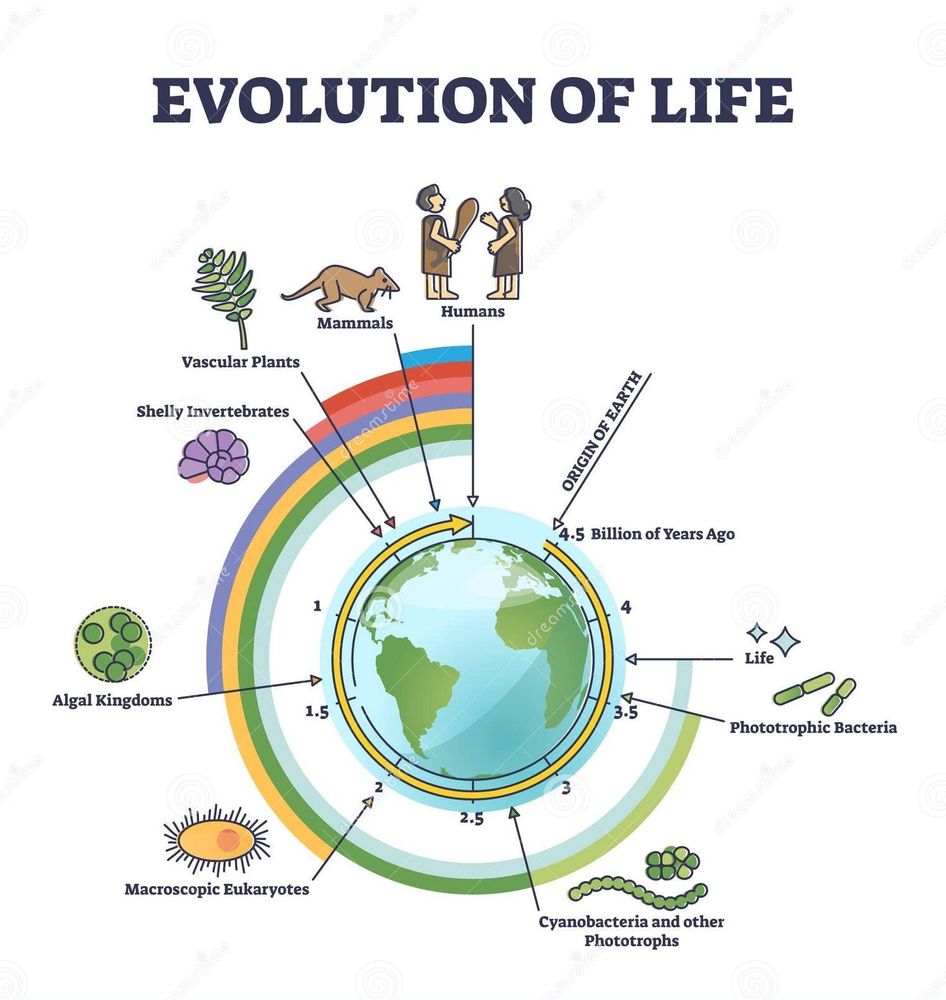
The broad conservation of fungal antimicrobials suggests ancient origins. Of course, fungi roamed the earth and competed with other microbes before land plants or animals existed. Ancient weapons worth keeping during evolution?
15.08.2025 07:46 — 👍 2 🔁 0 💬 1 📌 0
With AMAPEC, we now analyzed phylogenetically diverse fungi with divergent lifestyles and found that fungi secrete lots of antimicrobials. Interestingly, quite some are widely conserved throughout the Fungal Kingdom.
15.08.2025 07:46 — 👍 3 🔁 0 💬 1 📌 0First challenge: how to find novel fungal antimicrobial effectors. To do so, we developed AMAPEC, an accurate predictor of antimicrobial activity tailored to fungal effectors.
More info and links ⬇ bsky.app/profile/team...
Fungal effectors are mainly seen as pathogen-secreted proteins that mediate plant colonization by manipulating host physiology (immunity). Recently, some were shown to be antimicrobial & manipulate plant microbiota during infection.
State of the art in this review ⬇ bsky.app/profile/mesn...

📣 NEW PREPRINT 📝
We identified evolutionary origins of many fungal effectors!
We show that fungi secrete lots of antimicrobial proteins, and that some of them were repurposed by plant pathogens for host immune suppression.
www.biorxiv.org/content/10.1...
cc @teamthomma.bsky.social

The broad conservation of fungal antimicrobials suggests ancient origins. Of course, fungi roamed the earth and competed with other microbes before land plants or animals existed. Ancient weapons worth keeping during evolution?
15.08.2025 06:41 — 👍 0 🔁 0 💬 0 📌 0
With AMAPEC, we now analyzed phylogenetically diverse fungi with divergent lifestyles and found that fungi secrete lots of antimicrobials. Interestingly, quite some are widely conserved throughout the Fungal Kingdom.
15.08.2025 06:41 — 👍 0 🔁 0 💬 1 📌 0First challenge: how to find novel fungal antimicrobial effectors. To do so, we developed AMAPEC, an accurate predictor of antimicrobial activity tailored to fungal effectors.
More info and links in this thread ⬇ bsky.app/profile/team...
Fungal effectors are mainly seen as pathogen-secreted proteins that mediate host colonization by manipulating plant physiology (immunity).
Recently, some were shown to be antimicrobial and to manipulate plant microbiota during infection.
State of the art in this review ⬇ bsky.app/profile/mesn...

📣 Happy to see the journal publication 📄 of our work on Starships 🚀 in Verticillium fungi: terrific work led by @yukiyosato.bsky.social
rdcu.be/exBSp
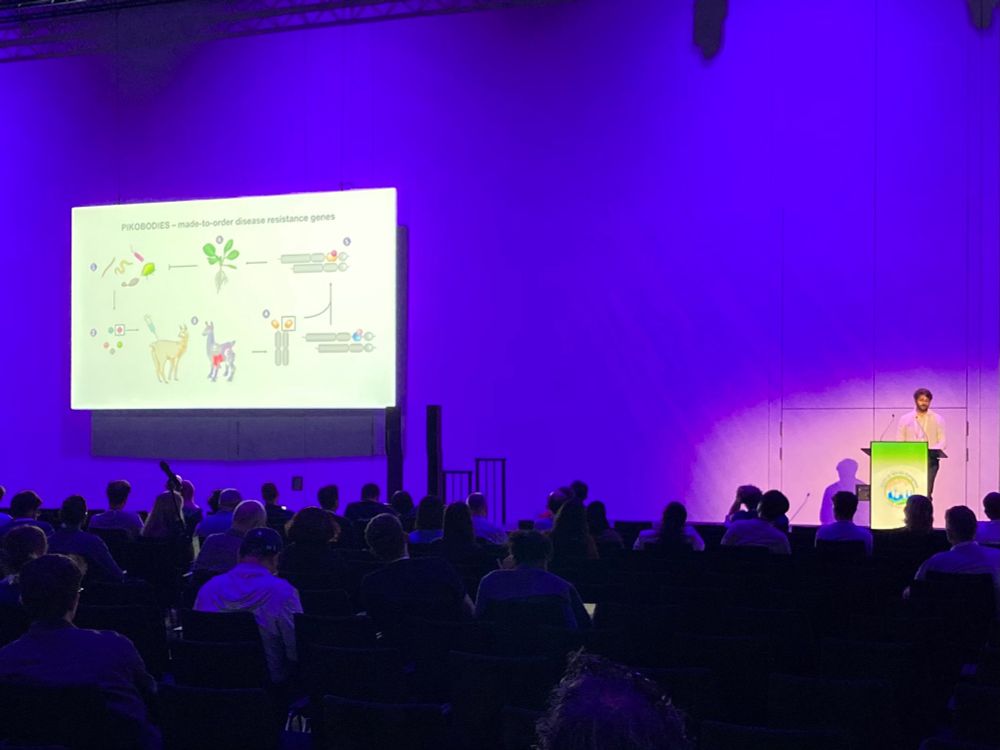
Finally, @adnroide.bsky.social presented his PhD work on receptor engineering by introducing pikobody domains in NLR proteins. This approach allowed him to generate potato plants that can recognize the effector Avrblb2 of Phytophtora infestans.
20.07.2025 16:41 — 👍 2 🔁 0 💬 0 📌 0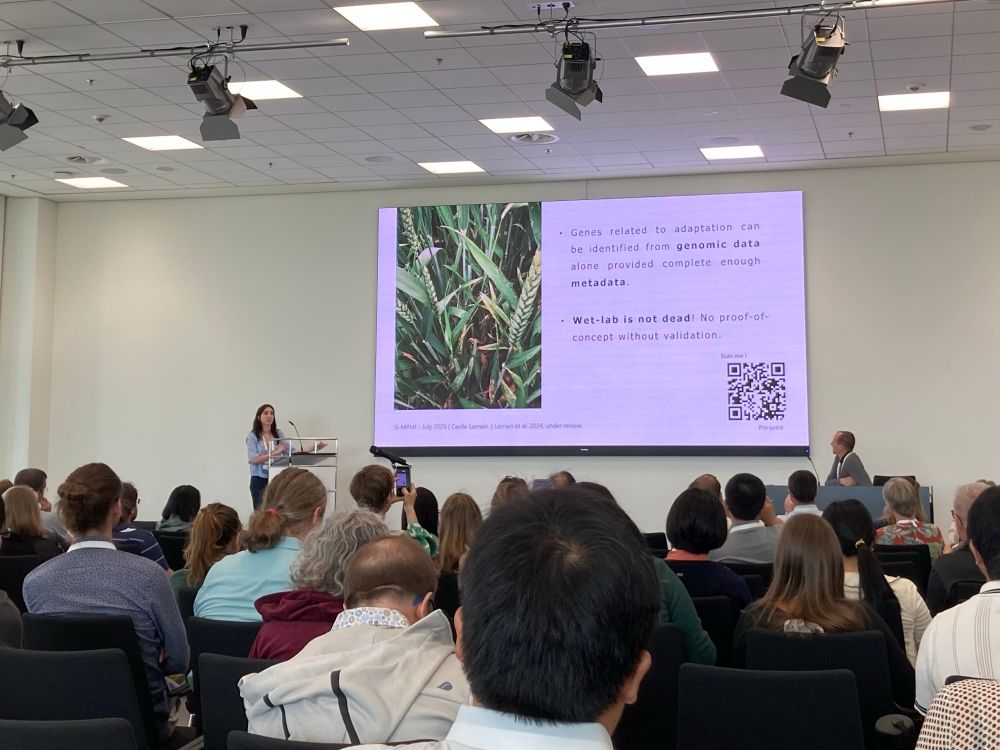
Independent researcher @ccilelorrain.bsky.social presented how she used GWAS in the field to identify multiple novel effectors of Zymoseptoria tritici, which could be validated experimentally!
20.07.2025 16:37 — 👍 1 🔁 1 💬 1 📌 0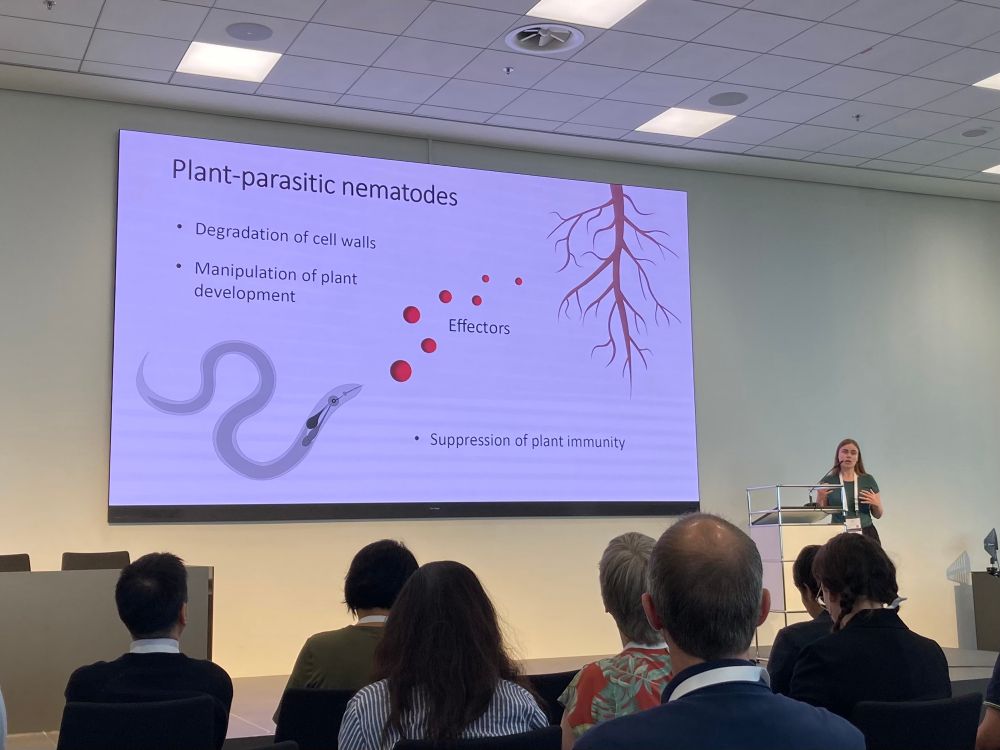
Great presentation (and poster!) by @anikadamm.bsky.social, describing two nematode transcription factors that regulate effector gene expression at different infection stages.
20.07.2025 16:35 — 👍 1 🔁 1 💬 1 📌 0
Young group leader Talia Karasov (University of Utah) gave an insightful plenary talk, showing that the genomes of Pseudomonas pathogens encode highly specific tailocins that drive intra-genus competition between pathogens. Non-pathogens seem mostly safe!
20.07.2025 16:32 — 👍 1 🔁 0 💬 1 📌 0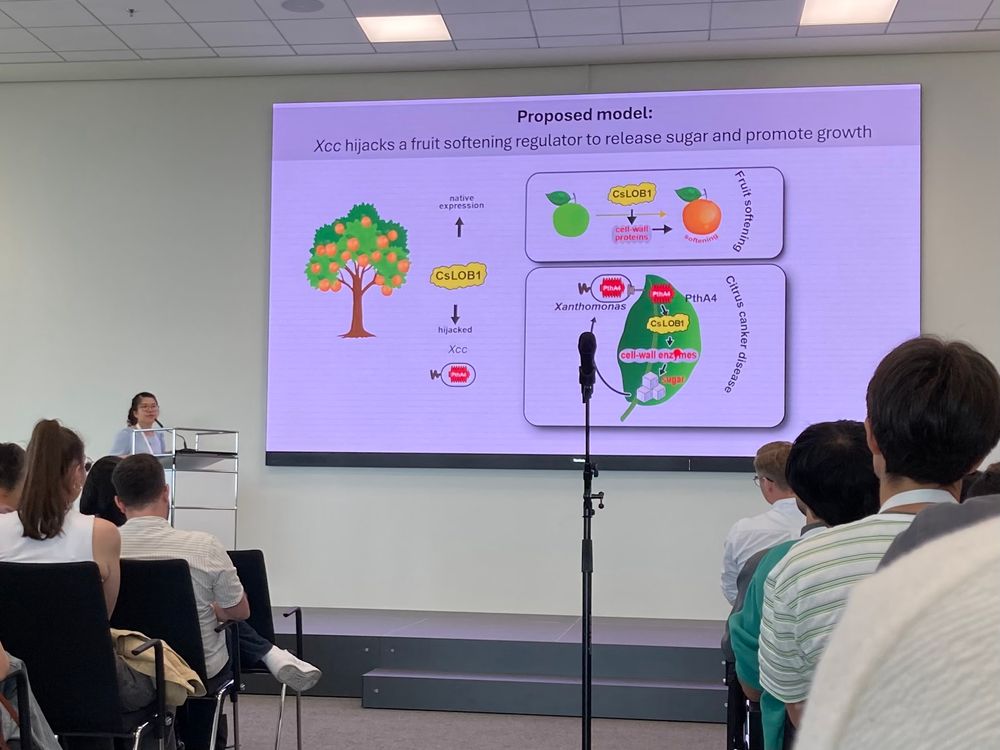
Trang Phan (@zmbp-tuebingen.bsky.social) found that a Xanthomonas pathogen activates the expression in Citrus leaves of a fruit ripening enzyme that digests leaf xylan, which consequently triggers T2SS effector secretion.
20.07.2025 15:53 — 👍 3 🔁 1 💬 1 📌 0